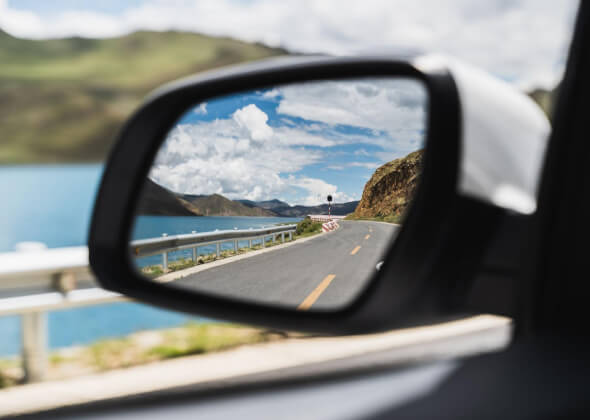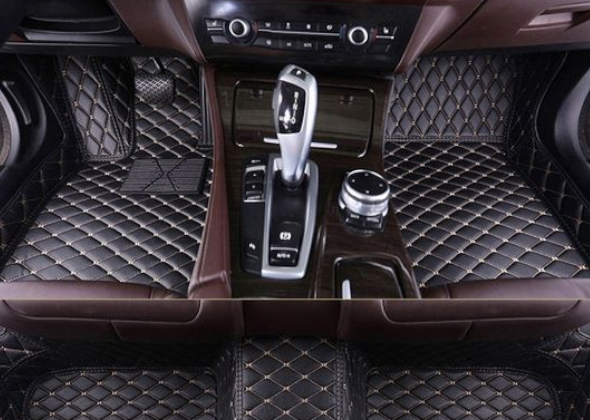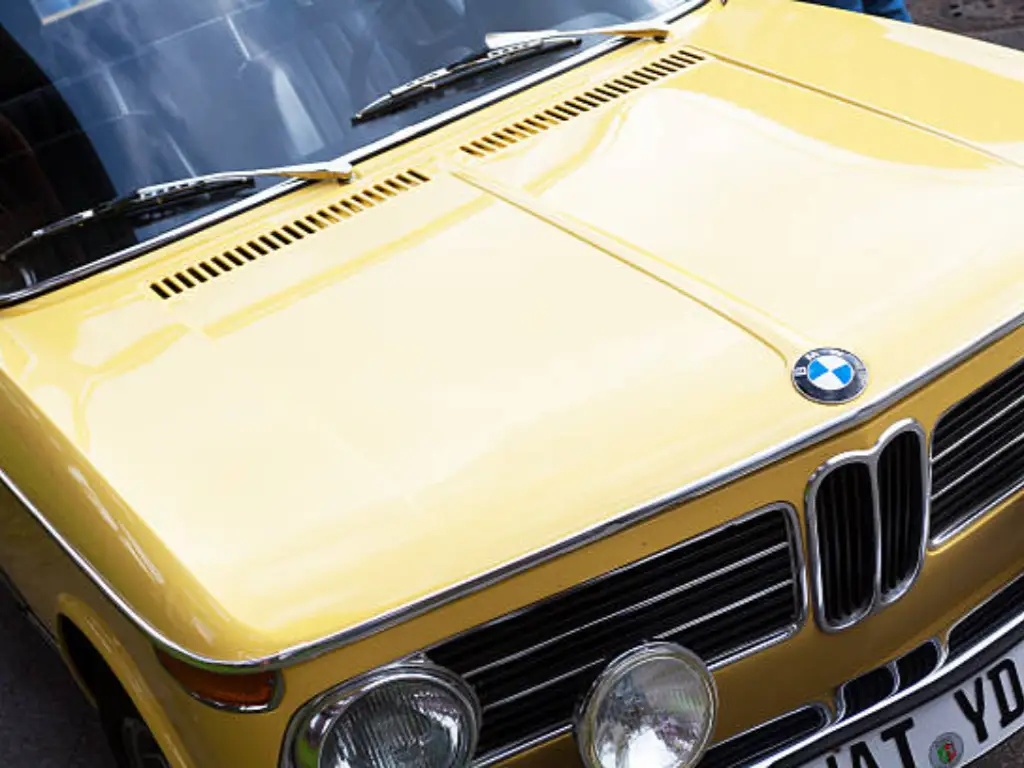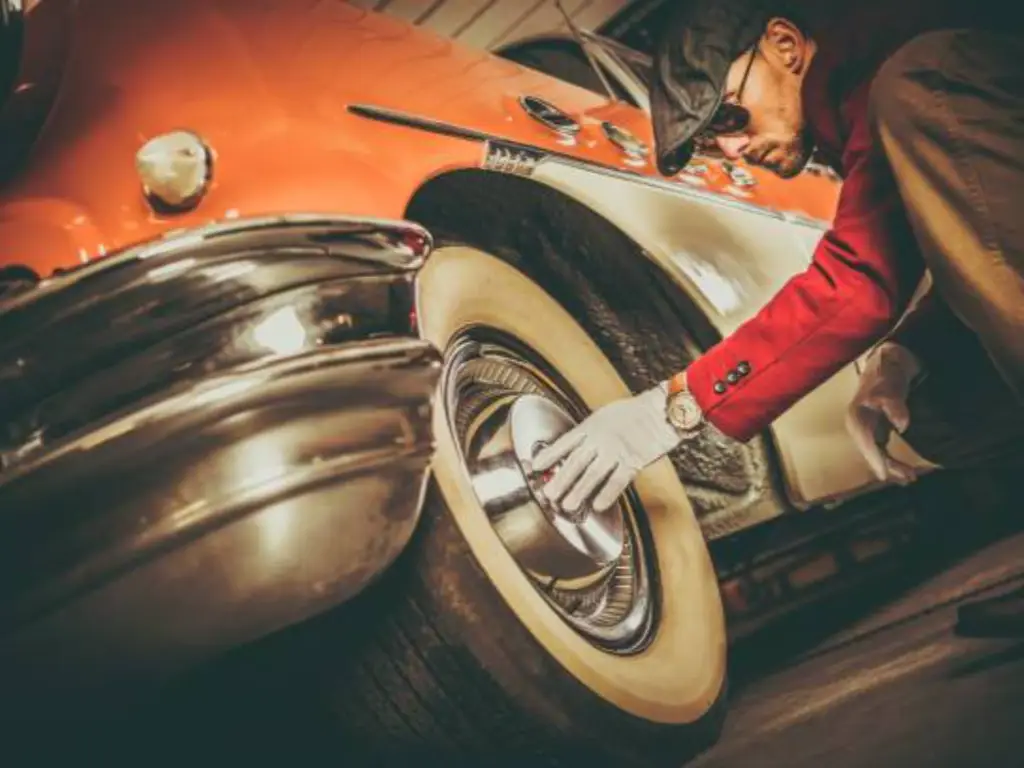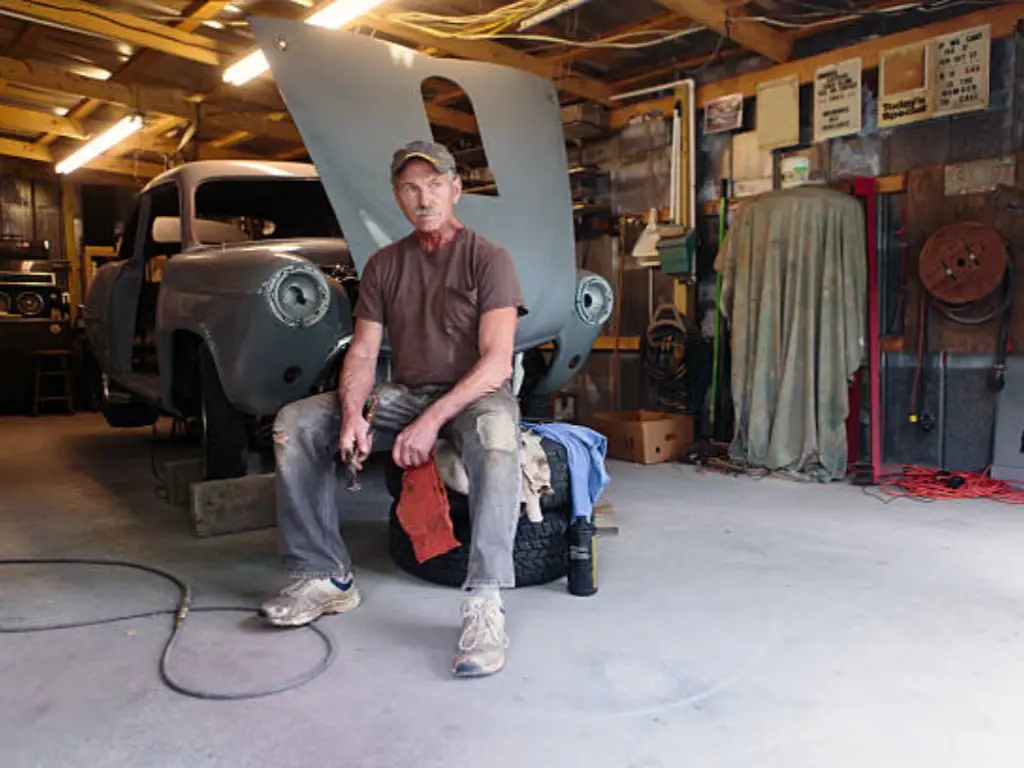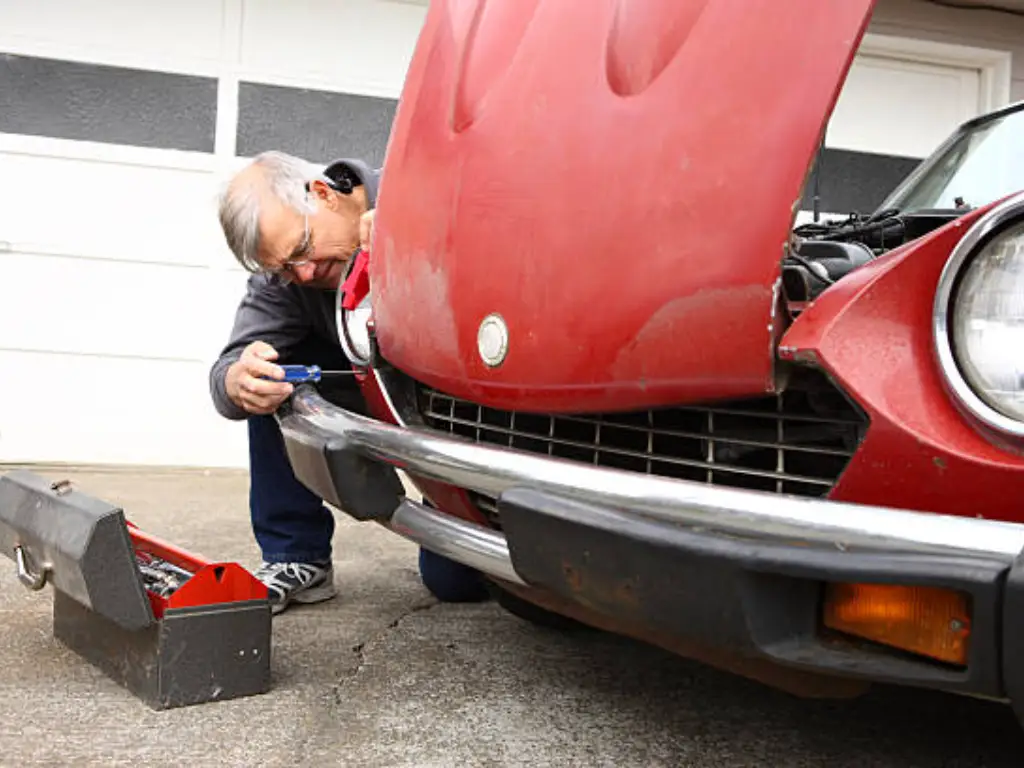
Introduction
Embarking on an old car restoration is a journey that transcends simple mechanics; it’s an act of preserving history, a test of patience, and a profoundly rewarding experience. For every gleaming classic car you see at a show, there’s a story of countless hours spent sourcing quality old car restoration parts, greasy knuckles, and passionate dedication. This guide is crafted for the aspiring restorer, the enthusiast ready to turn a dusty barn find into a road-worthy masterpiece.
While we’ll walk you through every step from a beginner’s perspective, the principles of quality, efficiency, and strategic sourcing discussed here are the very same ones that drive the most successful professional vehicle restoration shops. Whether you’re clearing space in your home garage or looking to scale your restoration business by specializing in vintage cars and vintage vehicles, this ultimate guide will serve as your roadmap from dream to drive.
Before You Start: Planning Your First Old Car Restoration
The failure or success of your project is decided before you even touch a wrench. This initial planning stage is by far the most significant step toward maintaining your project on schedule, on budget, and finally onto the road. One of the mistakes that are usually made in this stage is rushing the process, and thus a project stalls and then collects dust.
Setting a Realistic Budget
You are going to spend much more than you have paid when buying the vehicle, so it might not be a cheap hobby. The so-called Rule of Threes is a popular saying in the restoration fraternity; the total cost of restoring a particular car is known to be approximately three times the cost of the car itself, a fairly run-of-the-mill car at least.
A realistic budget should take into consideration:
- The Vehicle: The amount spent initially in acquiring the vehicle widely depends on the level of restoration work to be done on it, e.g., the degree of rust or damage involved.
- Parts & Materials: The largest variable is parts & materials. It encompasses all the aircraft parts, such as engine parts and brake lines, upholstery fabric, replacements of worn-out moving parts, as well as paint and primer. An extra supply of 20-25% of unexpected parts is advisable.
- Equipment: The essential equipment, especially body work repair equipment and rust remover equipment, will cost you a lot in case you are scratching.
- Professional Services: You might as well outsource engine machining or 4+ welding and the final paint job unless you are the master of all the tricks.
- Contingency Fund: It is always good to keep at least 15-20 percent of the entire estimated budget to take care of surprises. You will make use of it, more so, when the car has a lot of disguised corrosion or broken moving components.
Popular Car Types and Eras for Restoration
A first-timer should just ensure that they settle on the right car. The secret is in choosing the vehicle with good parts supply, a friendly community, and not too complex mechanics.
| Era / Type | Popular Models | Pros for Beginners | Cons |
|---|---|---|---|
| 1960s-70s American Muscle | Ford Mustang, Chevrolet Camaro, Dodge Charger | Excellent parts availability (reproduction & OEM), vast community knowledge, relatively simple V8 engines. | Can be expensive to acquire, rust is a common issue, V8 engines can be thirsty. |
| 1950s-70s Volkswagen | Beetle, Karmann Ghia, Bus (Type 2) | Extremely simple air-cooled engines, massive global community, affordable parts. | Prone to rust in specific areas, quirky electrical systems, lower power output. |
| 1980s-90s “Modern Classics” | Mazda Miata (NA), BMW E30, Ford Fox Body Mustang | More reliable, often feature fuel injection, benefit from modern engineering, parts are still plentiful. | More complex electronics and plastic components that can become brittle. |
| Classic Trucks | Ford F-100 (1960s-70s), Chevrolet C10 | Simple, robust construction, easy access to engine and chassis, parts are widely available and durable. | Can have a rougher ride quality, often used hard so may have hidden frame damage. |
Tools of the Trade
The bottom line is, you cannot make do without an adequate base of quality tools, even though you do not require an up-to-date workshop. The cheap tool is a parasite; it may be broken, crush your parts (and you), and amaze you with frustratingness.
The Essentials (Phase 1):
- Astounding Socket & Wrench Set: Metric and SAE (Imperial). Precious for the secure removal and replacement of moving components.
- Screwdriver Set: A general, comprehensive set of Phillips and flat-head screwdrivers.
- Floor jack/ Jack stands: This is a safety first matter. Do not work under a car balanced by a jack only.
- Penetrating Oil: Your new hunting pal when it comes to unsticking rusted bolts in places where they are likely to become corroded.
- Torque Wrench: A vital tool in tightening important bolts to the right torque settings and manufacturer requirements.
- Standard Electrical: Multimeter, wire strippers, and crimpers.
The Upgrades (Phase 2):
- Air Compressor & Air Tools: A good impact wrench will spare you hours of hard labor, especially when you need to perform a lot of body work repairs.
- Welder: A simple MIG welder is a brilliant thing to have when you need to get total body work or structural problems that have come about due to rust.
- Engine Hoist: is something that you need to do any engine-out work and systematically repair anything that requires numerous moving parts.
The 7 Core Stages of Old Car Restoration
It is the discovery phase. You will be dismantling the car carefully, piece by piece. The thing here is organization. Label everything. Place bolts and small pieces in zip-top bags, take hundreds of photos from every angle, and make a fully detailed inventory.
Here you will come to see the real extent of the job ahead, discover hidden rust or damage, and determine the condition of such important parts as original parts and brake parts that will perhaps have to be replaced or restored.
Stage 1: Assessment and Disassembly
This is the “discovery” phase. You’ll carefully take the car apart, piece by piece. The key here is organization. Label everything. Use zip-top bags for bolts and small parts, take hundreds of photos from every angle, and create a detailed inventory. This is where you’ll uncover the true scope of the work ahead, finding hidden rust or damage.
Stage 2: Frame and Chassis Restoration
Your car’s backbone is the frame. It should be in good structure and free from collision damage. The step would include stripping the body (in the case of the body-on-frame vehicle), scrubbing the frame to bare metal, and verifying each inch of possible cracks and rust corrosion.
Repairs that need to be done or welding should be done here. After repairing, it is normally sealed and painted to protect it in the long run. Should you find yourself in the process of discovering that any suspension or chassis original parts are required, this is the right time to find a high-quality replacement.
Stage 3: Engine and Drivetrain Overhaul
In this case, you are going to work with the core of the vehicle. The original engine, transmission, and differential are taken off and dismantled for thorough cleaning, washed, and inspected. You will know whether it has to be stripped down to be completely rebuilt or simply serviced. It will also be the right time to repair or change the carburetor, fuel pump, and radiator, and, where necessary, the ignition system so as to guarantee good engine functioning.
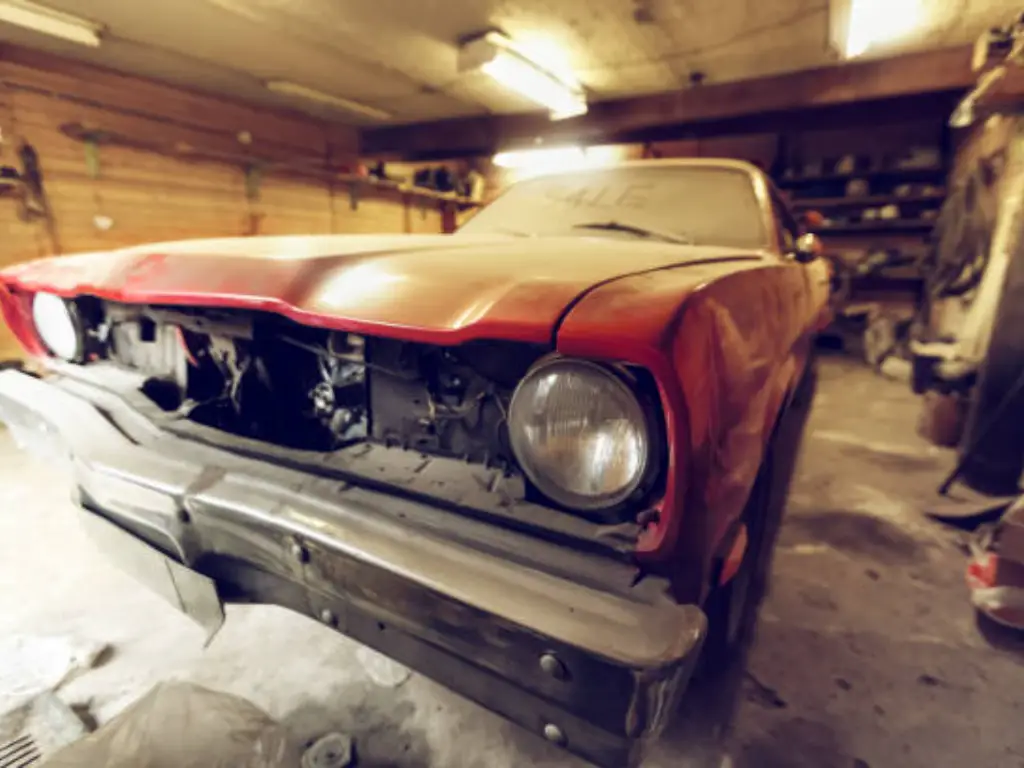
Stage 4: Bodywork – From Rust Repair to Perfect Panels
This stage is usually time-consuming. It is a process that removes the body parts down to bare metal to show the undesirable marks. The Rust will have to be fully removed, and then new sheet metal will be used in its place. The dents are pulled, and a successfully applied body filler is used to make the low spots smoother. The aim is to make straight, smooth panels that are ready to be painted. Here also you will also determine whether you have to restore or replace headlights or other exterior parts.
Stage 5: Paint – The Art of the Perfect Finish
All the preparation is the key to a great paint job. This step involves several cycles of priming, sealing, and block sanding to develop a perfect canvas. These clear coats and final color are then applied in a dust-free setup.
While some brave beginners tackle this themselves, this is one of the most common stages to outsource to a professional for a show-quality finish.
Stage 6: Old Car Interior Restoration and Upholstery Revival
The body is painted, now you may move to the interior. This includes restoration or replacement of the dashboard, gauges, wiring harness, carpets, headliner, and seats. It is a lengthy procedure that restores the personality of the car.
Stage 7: The Final Assembly and Shakedown
This is what you have been waiting for. You will piece the car back together, fitting the newly reconditioned drivetrain and bolting on the shiny body shell and hooking up the new interior. “Shakedown” is that very important phase that comes after assembly, where you drive the car at short distances to check the leaks, place bolts, and put the final touches on the braking components, steering system, and the engine tune. The aim is to make sure that all components, including original engine parts as well as the headlights, are in proper condition.
The Heart of Your Restoration: High-Quality Parts
As you go through these floors, one realization is quite obvious: your restoration is as good as you are using it. A pretty painted car with a bad brake master cylinder is a killer machine. The quality parts are the blood of a good, secure, and valuable classic car.
Some of the most important aspects of systems that you are bound to deal with are:
- Braking System: Master cylinders, wheel cylinders, calipers, brake lines, pads, and shoes.
- Suspension & Steering: shocks and springs, tie rods, bushings, and shocks.
- Fuel System: fuel tank, fuel lines, fuel pump, and carburetor/injector components.
- Electrical System: wiring harness, alternator, starter, ignition parts.
- Engine Gaskets & Seals: A complete set of gaskets in an engine overhaul would not be complete without gaskets.
It is important to say that it is not only good advice to use high-quality, well-designed parts in these systems, but also an essential rule of a successful restoration.
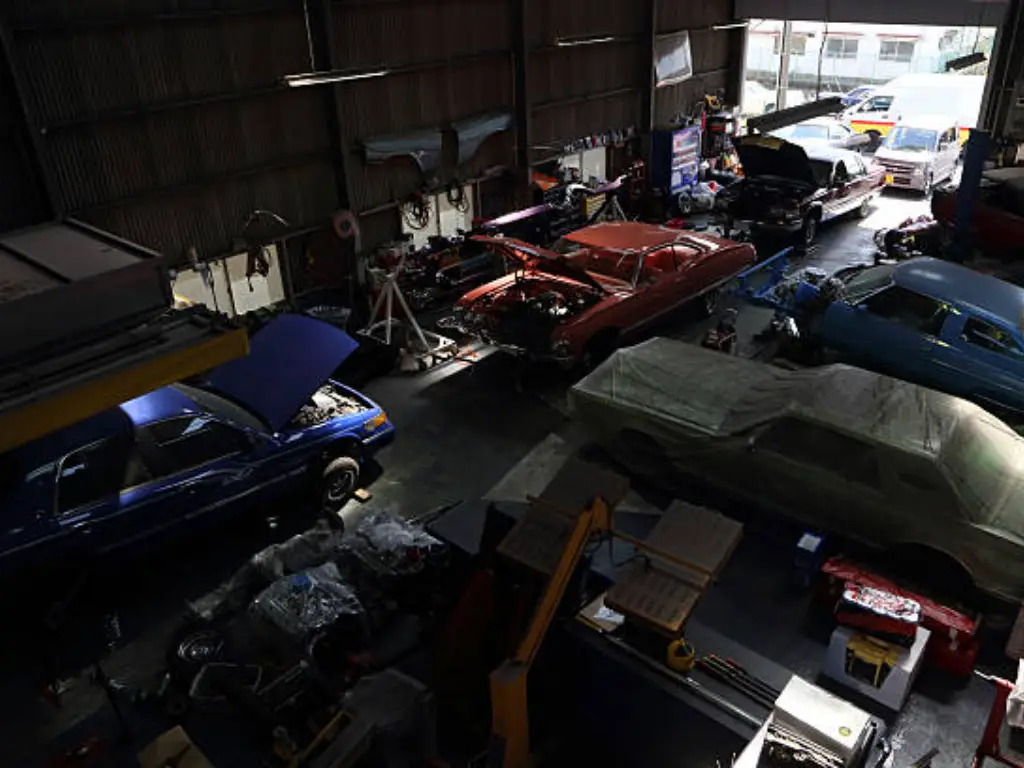
The Bottleneck of Restoration: Overcoming Parts Sourcing Challenges
Of any restorer, be he weekend hobbyist, or the 10-bay restoration service, the biggest choke point is the one of procuring parts. The U.S. Bureau of Labor Statistics records that efficiency is the major factor leading to profitability in the automotive repair industry, and nothing can kill efficiency more than waiting on a back-ordered part and obtaining an incorrect or poorly manufactured part.
This inconvenience is not a mere inconvenience; this is a strategic issue. In the case of a B2B business, such as a restoration shop, it will affect your bottom line directly. Each day a car is on a lift waiting for a part is a day that is lost revenue. Each time you are forced to make some adjustments on a mis-fitting reproduction item, you risk having to pay more labor, and you lose your bottom line. It is a backbreaking process, and the supply of these old parts is limited to seeking out New Old Stock (NOS). Using salvaged parts is dependent on chance on quality.
That is when the most successful stores transform their mindsets from parts hunting to supply chain management.
The Supply Chain Imperative: Securing a Flawless Parts Pipeline
A dependable supply chain is not a luxury; it is the motor of a lucrative restoration business. What you require is a partner that can do away with the guesswork and provide high-quality components on a regular basis in a scheduled manner. This is our main value that we have established at Sunway Autoparts since 2007.
Being a specialist producer specializing in classic auto parts from the mid-1920s to late 1990s, we are not selling parts; rather, we are selling a supply chain solution.
In the case of restoring shops, our value proposition is the commitment to First-Time Fit. Our advantage lies in our precision manufacturing capabilities, which help to create classic parts that match or surpass the original specifications of brands such as Ford, Chevrolet, Pontiac, and Volkswagen. This eliminates the problem of your technicians grinding, drilling, or forcing a part to fit, wasting billable hours. We believe in making sure that your project timelines are reduced, your shop operates faster, and your clients are much more satisfied. We have achieved success through producing the best products within the shortest time, enabling you to spend the least cost and earn a maximum profit.
To Distributors and Wholesalers, we are the constant, consistent upstream manufacturer. By becoming a partner of Sunway Autoparts, one will have access to a regular supply of high-quality and hot parts inventory. We provide strong B2B programs, bulk purchases that can be customized as well as white-label manufacturing to assist you in revealing your brand. There is a complex industrial chain of hundreds of different types of products, and we coordinate various production processes to bring you a complete catalogue of products with the assurance that the products will all be of the highest standard.
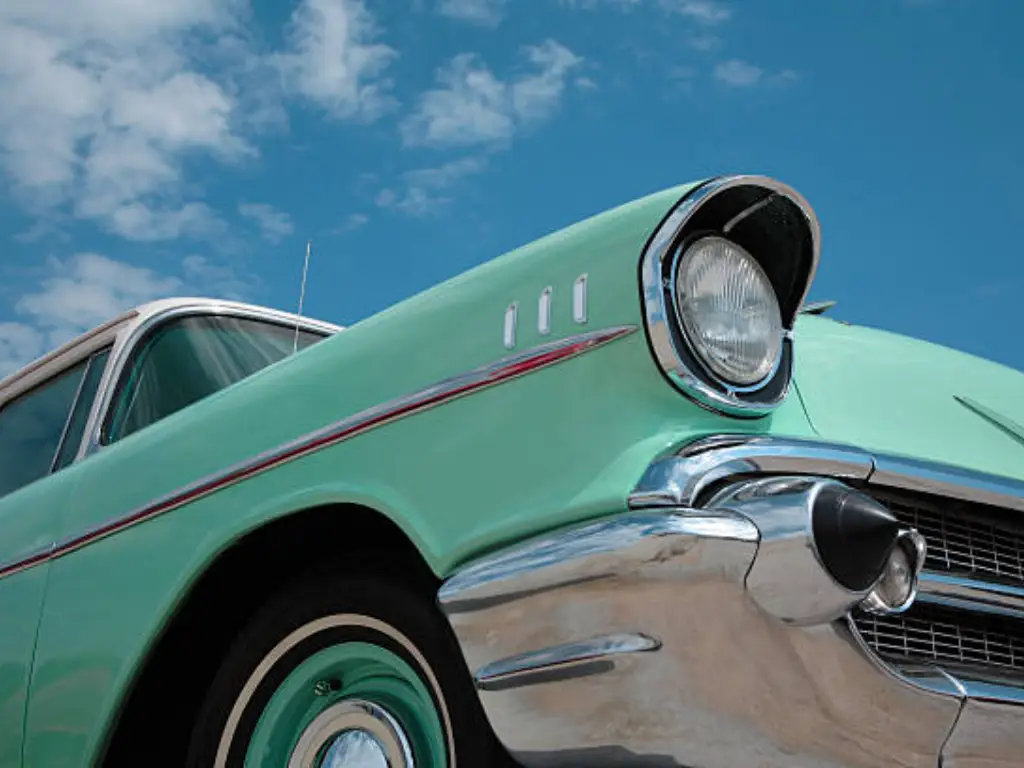
Conclusion
The work of a restoration of an old car is an excellent lesson on commitment. It will test you, educate you, and eventually bring reward to you in the form of something that you can physically hold; a piece of history that you have brought back with your own hands, culminating in a finished car. However, if you take on an unfinished project, it is possible to go through this process successfully by following a detailed plan and investing in high-quality tools, and knowing the turning points of this process of vehicle restoration.
And as far as the core of your project, the parts are to be considered, while selecting one, do remember that it is a strategic decision. To the amateur, it represents reconciliation and security. To the expert dealing with vintage cars and other vintage vehicles, it is profitability and reputation. When you team up with a committed manufacturer such as Sunway Autoparts, you are not only assuring the availability of a component in a box, but you are also assuring yourself a dependable pipeline that will enable you to make the very best. And so go off there and get that dream car off the showroom floor and shine it up.


